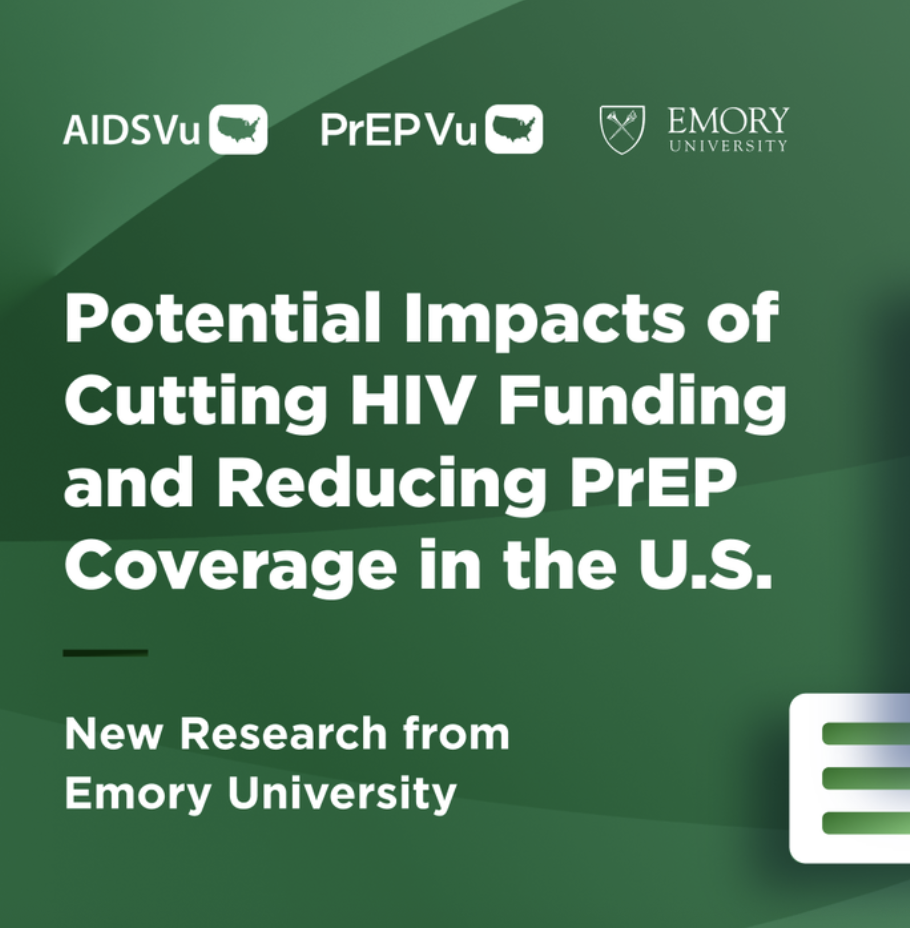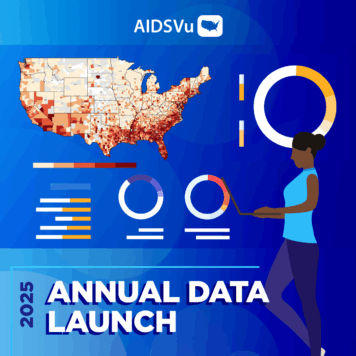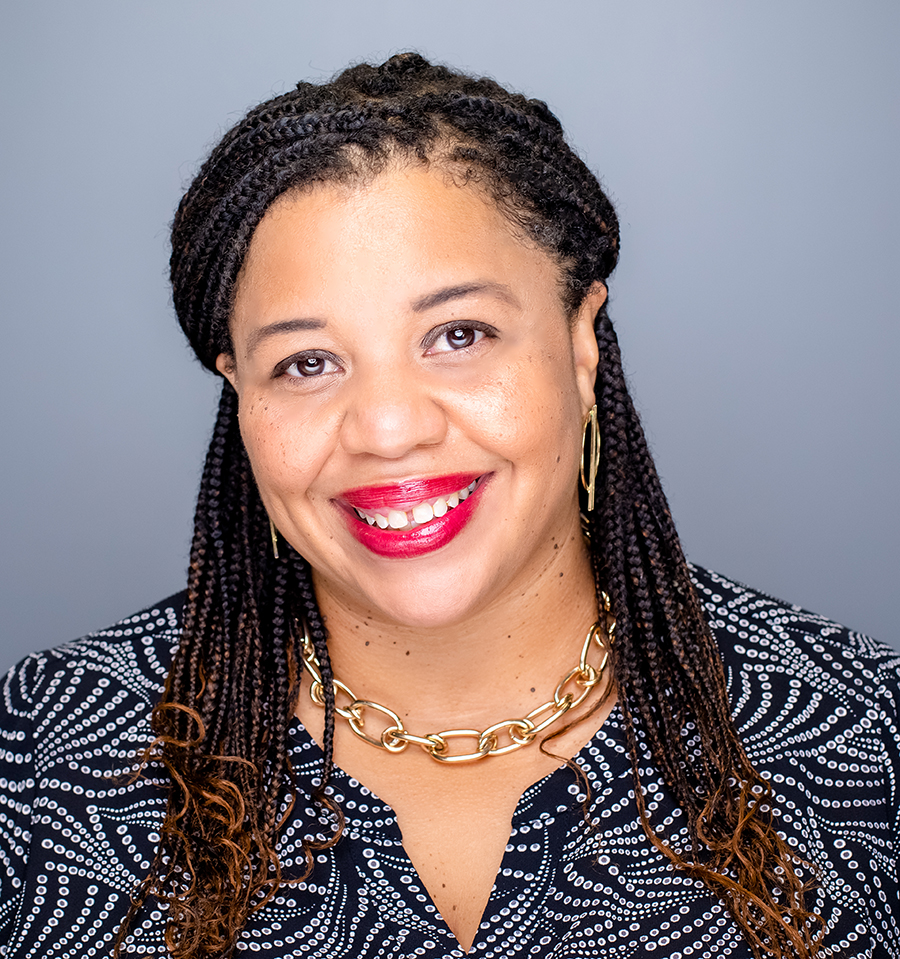Michael E. Newcomb, Ph.D., is an Assistant Professor in the Department of Medical Social Sciences at Northwestern University and the Associate Director for Scientific Development of the Northwestern Institute for Sexual and Gender Minority Health and Wellbeing (ISGMH)
Q: One of the main focuses of your research has been about health disparities in LGBTQ youth and how that intersects with HIV/AIDS, substance abuse, and mental health. How did you become interested in this particular aspect of HIV research and care?
I initially became interested in this topic because of my own personal experiences as a teenager coming out as a gay man and trying to navigate all the complexities that are attached to coming out. This meant dealing with my own struggles with mental health and eventually seeking social support and trying to feel more connected to the LGBTQ community.
After I graduated from college, my first job was as an HIV test counselor and health educator at a large LGBTQ community-based organization in Chicago. This was a way to bring together my personal experiences with my professional life and see first-hand the complex struggles that my clients were encountering as they were trying to navigate their sexual health. They were dealing with issues of stigma, mental health, and substance abuse, among other things, in addition to trying to lead sexually healthy lives. It’s difficult to navigate these multiple issues that often merge together.
Q: As a professor of Medical Social Sciences at Northwestern University, how is your perspective on HIV among youth different than someone who is looking at it from an epidemiological or public health perspective?
Again, I think my perspective is informed by both my personal experiences of navigating the world as a gay-identified man, as well as my training as a clinical psychologist. Too often our field is too focused on trying to boil down someone’s risk for HIV to a single predictive factor or behavior that indicates who may be at a heightened risk for an HIV infection. As we all know, a person’s health and overall wellbeing is multifaceted and to accurately assess a specific health risk, we must draw on a constellation of different factors, not just one.
One of the main focuses of my research is to try to understand how interpersonal relationships influence health. I’m particularly interested in how romantic relationships can both serve as a risk factor and as a deterrent for health problems in LGBTQ young people, depending on if those romantic relationships are functioning optimally. As an example, a healthy romantic relationship can serve as a buffer against the multiple stresses that LGBTQ youth encounter and can actually help prevent a negative health outcome. My approach is really to look more at the individual as a whole, taking into consideration all the different and layered experiences that young people face in order to understand how these health disparities may evolve.
Q: The U.S. HIV epidemic disproportionally impacts young Black and Latino Gay and Bisexual Men. What are the most important strategies to reach young, minority, men who are at high risk for HIV?
Ultimately, what we need to do in order to work with young people of color and communities of color is to do a better job in engaging those communities. We need to talk to young people as well as communities of color to understand in their own words and in their lived experience how they see HIV and sexual health impacting their daily life. If we try to apply the same method that we use for other populations, then we’re not actually addressing the issues that are most important and specific to them.
In addition, I think that as researchers, our team reflects the population that we’re trying to work with. It’s very important to be conscientious about hiring young people and people of color to your team so that the perspectives that are brought to your team are reflective of the communities that you’re working with.
Q: Last year, you published research exploring health issues faced by LGBTQ youth and how they may be influenced by family relationships, romantic partners, and the use of behavioral diaries. How can individuals in the lives of LGBTQ youth encourage sexual health?
One of the factors that we’ve found that is consistently associated with better physical and mental health outcomes among LGBTQ young people is a social support network. This seems like a relatively simple concept but is one of the things that is most important in the lives of these young people. LGBTQ youth who feel supported by their families, supported by their friends, and supported by romantic partners, routinely have better health outcomes, both physically and mentally.
A simple way to encourage the sexual health of LGBTQ youth is simply to provide emotional support to those LGBTQ youth that are in our lives. In addition, we all know that LGBTQ young people don’t receive the education that they need about sexual health. These young people aren’t getting the information they need in order to make effective decisions about their sexual health, which is why it is so important to provide comprehensive and accurate information about sexuality and sexual health for LGBTQ young people, then showing our trust of young people to make effective decisions for themselves about their sexual health once they’ve been given the information they need.
Familial relationships are another big influential factor towards someone’s overall health and wellbeing. Families are obviously so central to the functioning of the lives of young people. We know that LGBTQ young people all too often have strained relationships with their families of origin. However, we know so little about how those strained relationships can impact both acute and long-term health outcomes. This is simply because we don’t have data from parents about their experiences with parenting their LGBTQ teens. I think there’s really a huge need for more research on both parents and teenagers so that we can learn to optimize the functioning of those relationships in order to optimize the health of LGBTQ teens.
Q: National Gay Men’s HIV/AIDS Awareness Day is Friday, September 27 — What is your message to the community on this day of recognition?
We’re in such an exciting time in HIV prevention and care right now. There have been so many incredible advances in biomedical prevention and care over the last decade. We know that pre-exposure prophylaxis (PrEP) is a highly effective prevention approach and there are new PrEP medications coming down the pipeline in the next few years that hopefully will make it easier and more accessible. We also know so much more about what it means to be virally suppressed when someone is living with HIV and that having an undetectable viral load means that it’s not possible to transmit HIV to a sexual partner. That knowledge is gradually reducing some of the stigma associated with living with HIV.
But at the same time, I think we can’t lose sight of the fact that the people experiencing the highest burden of new HIV infections now include Young Gay and Bisexual Men, people of color, and transgender women. These are also the people who are currently experiencing the most barriers to accessing healthcare services and prevention medications. If we don’t address the barriers faced by individuals already disproportionately impacted by HIV, then we’re at risk for increasing the existing health disparities within our communities.




